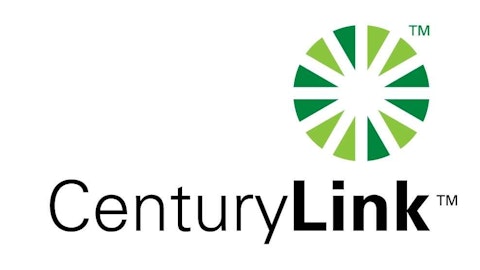Investors have sought out the highest dividend paying stocks they can find in order to maximize their income in a low-interest rate environment. But despite the popularity of high-yield dividend stocks, their laser focus on current yield at the expense of other desirable characteristics often make them less-than-ideal long-term investments.

In general, dividend paying stocks are a great place for investors to start in their quest for solid investment opportunities. By paying a dividend, a company demonstrates its ability to generate dependable cash flow as well as its commitment to reward shareholders for investing in its stock. Moreover, companies tend to want to avoid making dividend cuts in the future, and so they tend to wait until they’re absolutely sure that they’ll be able to sustain their quarterly payouts before they initiate or boost a dividend.
But companies that pay high dividend yields often don’t have the same favorable traits you’ll find in their lower-yielding counterparts. All too often, a high yield comes about because of a decline in the company’s overall business prospects that sends the stock price plunging. Although companies sometimes are able to sustain dividend levels even in light of faltering business conditions, the highest dividend paying stocks usually succumb to the pressure to reduce their payouts.
You can find many examples of this phenomenon recently:
1). Late last month, Pitney Bowes Inc. (NYSE:PBI) cut its dividend in half after announcing worse-than-expected sales and income. The stock had suffered from weakness in Pitney Bowes’ core mailing and enterprise business solutions segments, and the company chose to sacrifice its former double-digit yield in order to shore up its financial condition. Even after the cut, the stock still yields a fairly high 5%.
2). In February, CenturyLink, Inc. (NYSE:CTL) cut its dividend by about 25%, again after reporting weak guidance for its earnings for the remainder of 2013. Even though the rural telecom company chose simply to put cash previously earmarked to pay its former yield of 7% toward share buybacks instead, the stock plunged more than 20% in response to the move, although it has rebounded significantly since then as investors recognized the fundamental benefits to the company from the capital reallocation.
3). Until three months ago, Cliffs Natural Resources Inc (NYSE:CLF) had a high dividend yield approaching 7% despite terrible conditions in its iron-ore and metallurgical-coal businesses. After announcing earnings in mid-February, the company cut its dividend by more than three-quarters in a move that will conserve cash for the ailing producer of raw materials for steel production. Now, the stock yields just 2.6%.
That’s not to say that all of the highest dividend paying stocks are doomed to reduce their payouts. Businesses that are designed to focus on maximizing cash flow rather than seeking growth can often sustain very high yields for years. Vanguard High Dividend Yield and other dividend ETFs use a combination of factors beyond simple yield to choose stocks with sustainable high payouts.

